Market Share
Membrane Microfiltration Market Share Analysis
The Membrane Microfiltration Market which represents a major breakthrough within the industry of filtration works certain strategic market share positioning mechanisms in place to sustain its competitive edge. Companies operating in this market, can often, developing strategies based on innovation, cost leadership, &-differentiation, are the key tactics of market positioning & -attaining market share. There are diverse methods in which the innovation sector constantly aims to invest, be it in the research and development for newer technologies of membrane microfiltration. This approach by these companies is to seek new and improved filtering options in the quest to retain existing customers and attract new ones as well. Regarding the creation of membrane technologies, it should be noted, that nothing will boost the effectiveness in such a way as efficiency of filtration, an increase in membrane lifespan, and improvement of the system in general.
Another essential strategy to the players of this market Molam is cost leadership. Firms make the efforts to gain their big money production, reduce production costs, and optimize their supply chains. This approach provides more profitability for the company enabling them to offer competitive prices and thereby larger customer base. Similarly, cheap and quality materials enable companies to stay competitive and increase market penetration rates. The success in cost management is notable especially in the filtration industry and where customers are constantly in search of cost-effective alternatives for their devices.
Companies that want to position themselves in the MMF Market often rely on differentiation as the form of their market share positioning strategy and this is where they strive to win the competition. Through the selling of unique features, customized offerings, and great customer service, firms elevate their branding to a better level. The main reason why this strategy makes sense is that it targets clients, who have been looking for some particular qualities in filtration solutions, such as ecological or cost efficiency. Differentiation also gives the company the ability to position its products as premium options, which customers are willing to pay more for because they are either high quality or specialized with unique attributes. In addition, creating a brand that is different from the competition can lead to the brand image that will keep customers tied to your product, over the long haul and help to secure long term relationships, which cumulatively equates to sustainable market share.
Strategic partnerships and collaborations are potential resources for the industry, allowing the Charitable Institutions to work together and utilize joint capabilities. Strategic partnerships with research labs, field experts, or sister corporations provide businesses the resources they need to subsequently innovate, product-line growth, market research, and branching out into new markets. For example, such support can improve a company's competitive advantage and even share it with the market. Joint ventures and partnerships have a twofold function: they extenuate risk and offer a platform for collaboration in exchange for a common innovation, hence building a dynamic and viable market position.

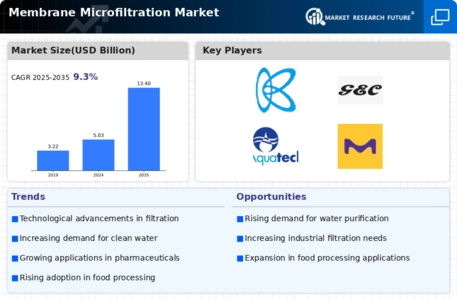
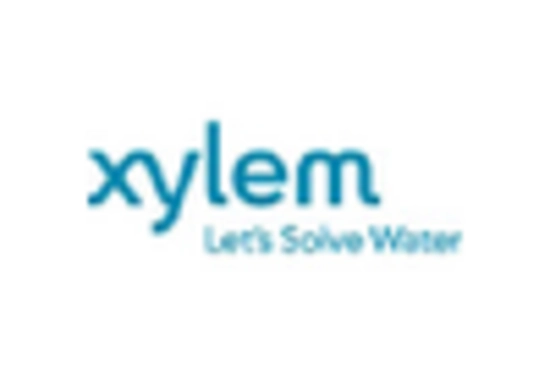


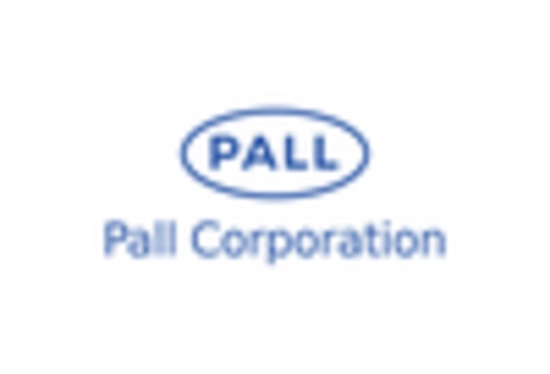
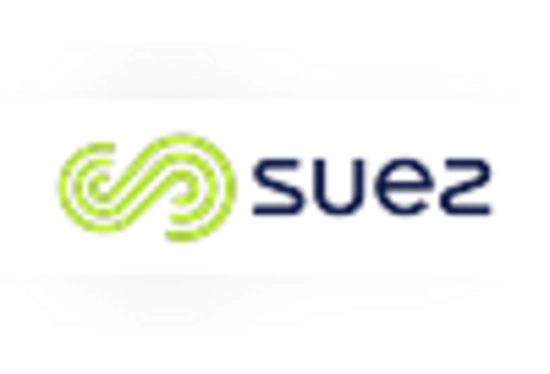
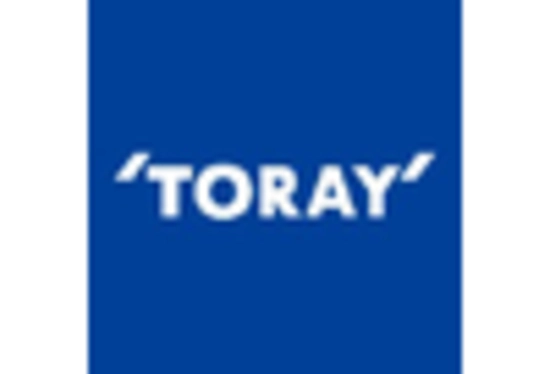









Leave a Comment